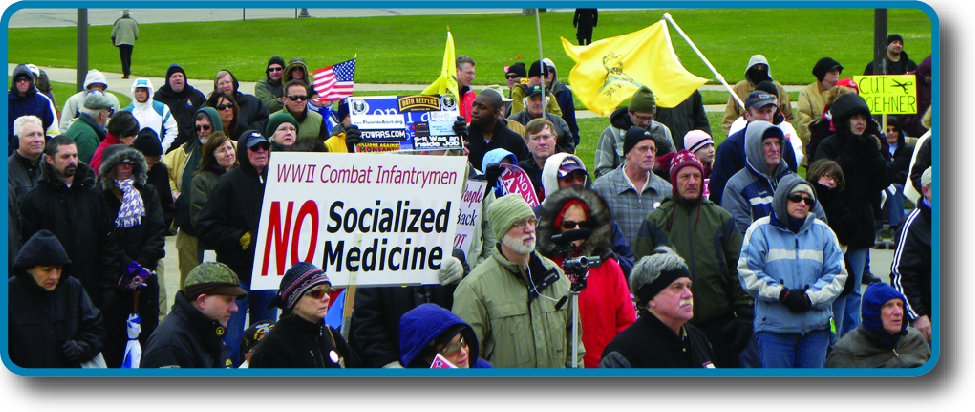| << Chapter < Page | Chapter >> Page > |

On March 25, 2010, both chambers of Congress passed the
Health Care and Education Reconciliation Act (HCERA).
Each of the individual actors and institutions in the U.S. political system, such as the president, Congress, the courts, interest groups, and the media, gives us an idea of the component parts of the system and their functions. But in the study of public policy, we look at the larger picture and see all the parts working together to make laws, like the HCERA, that ultimately affect citizens and their communities.
What is public policy? How do different areas of policy differ, and what roles do policy analysts and advocates play? What programs does the national government currently provide? And how do budgetary policy and politics operate? This chapter answers these questions and more.

Notification Switch
Would you like to follow the 'American government' conversation and receive update notifications?